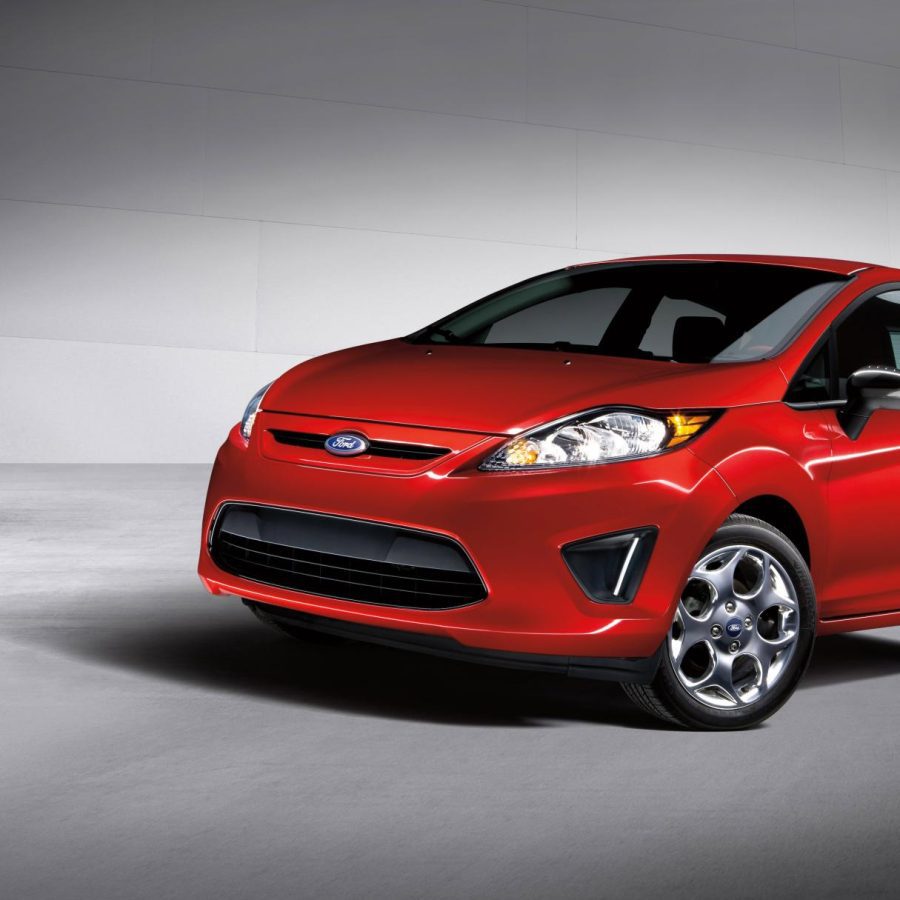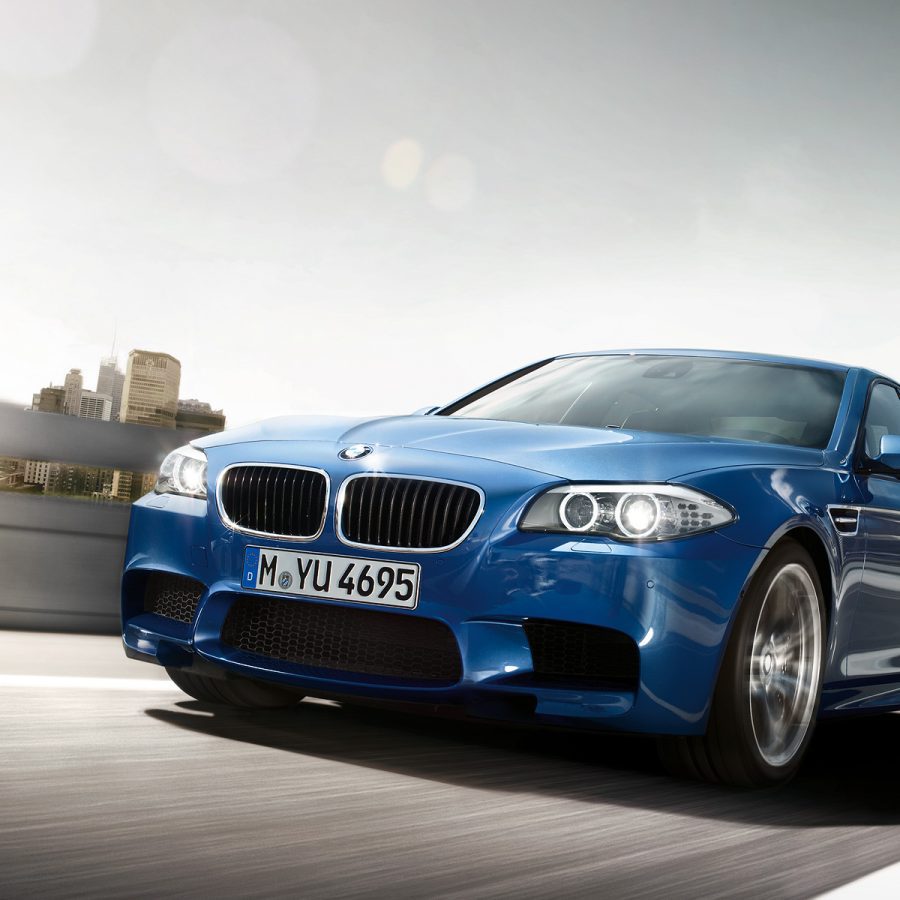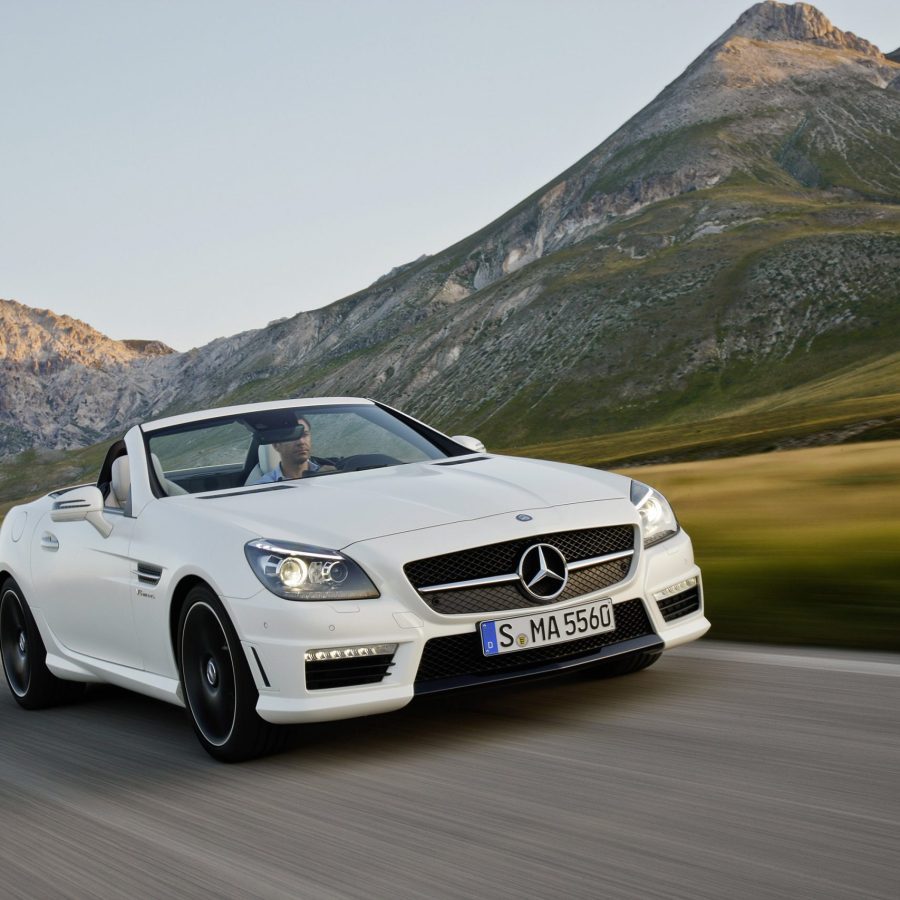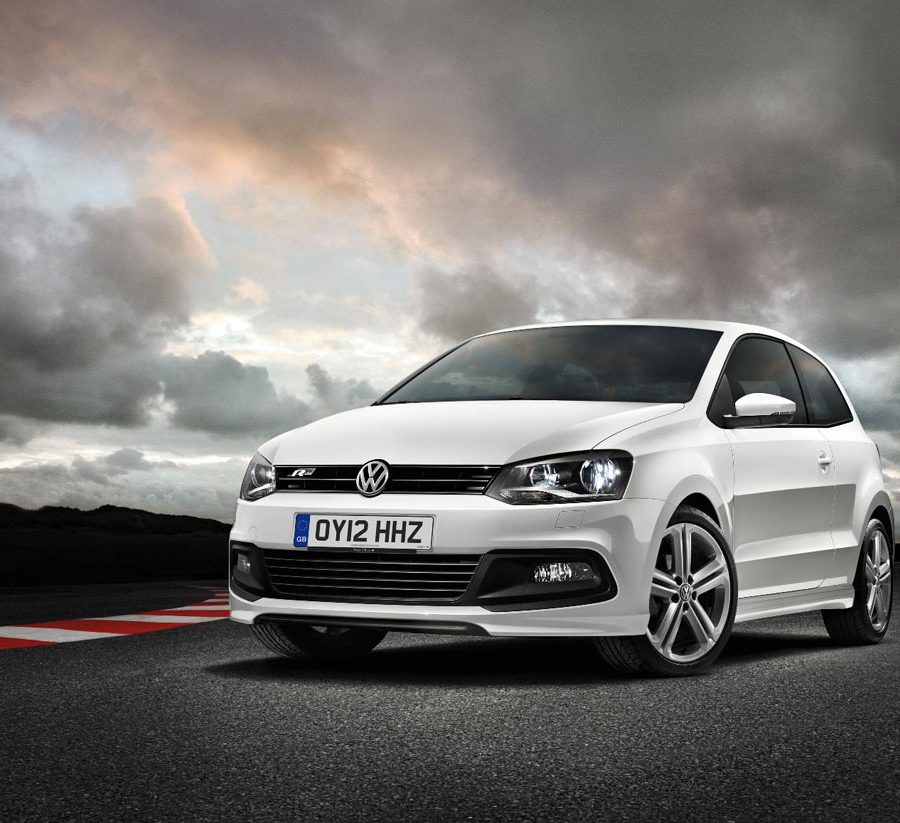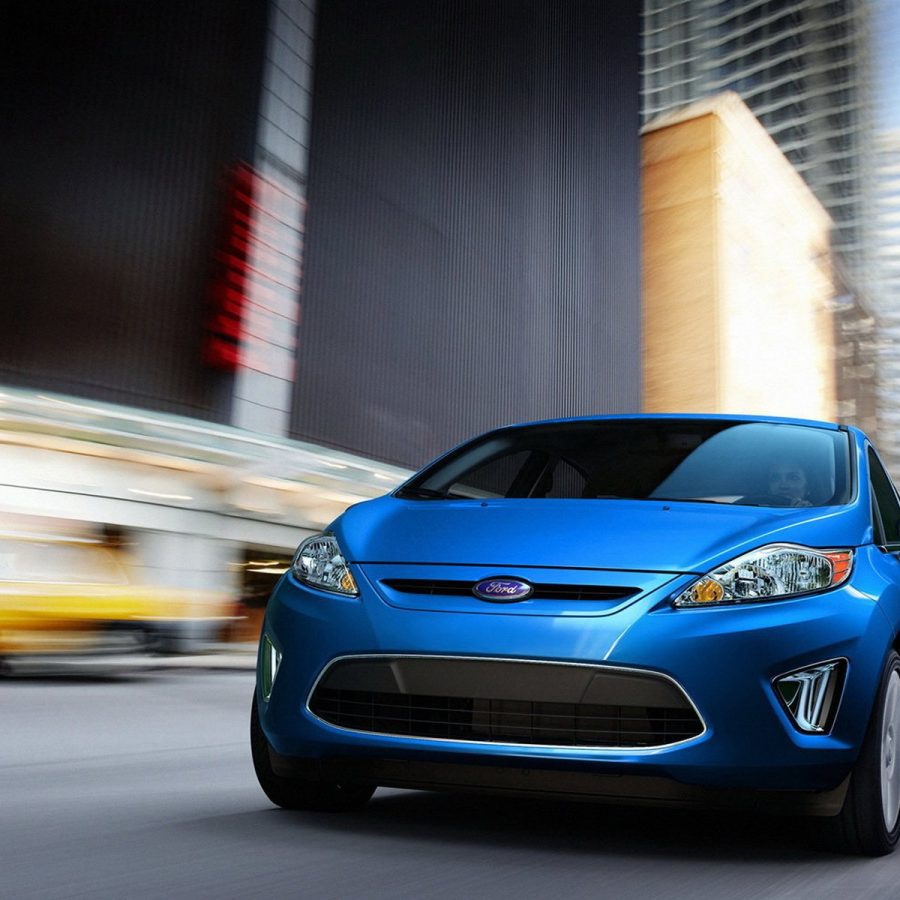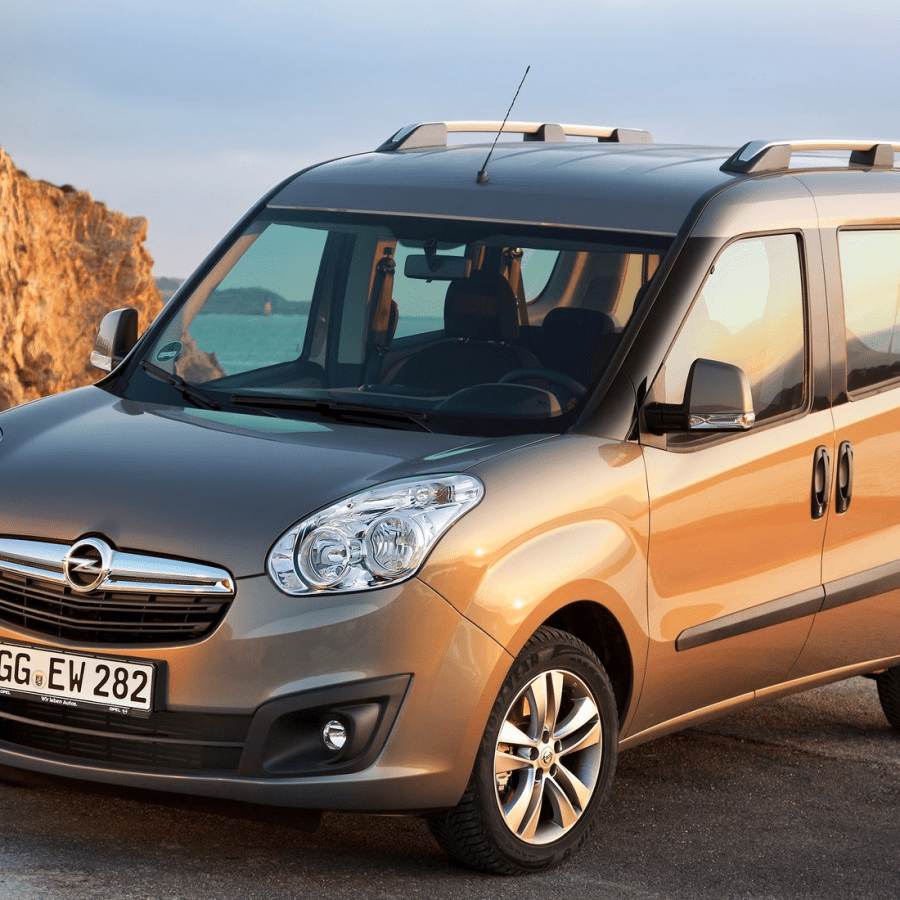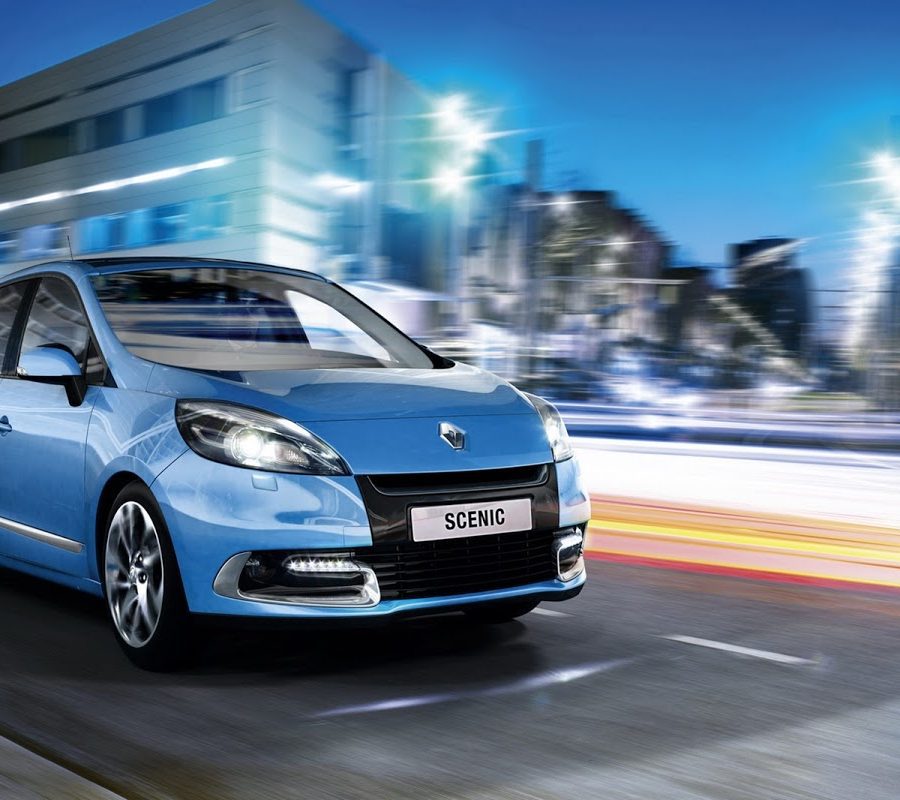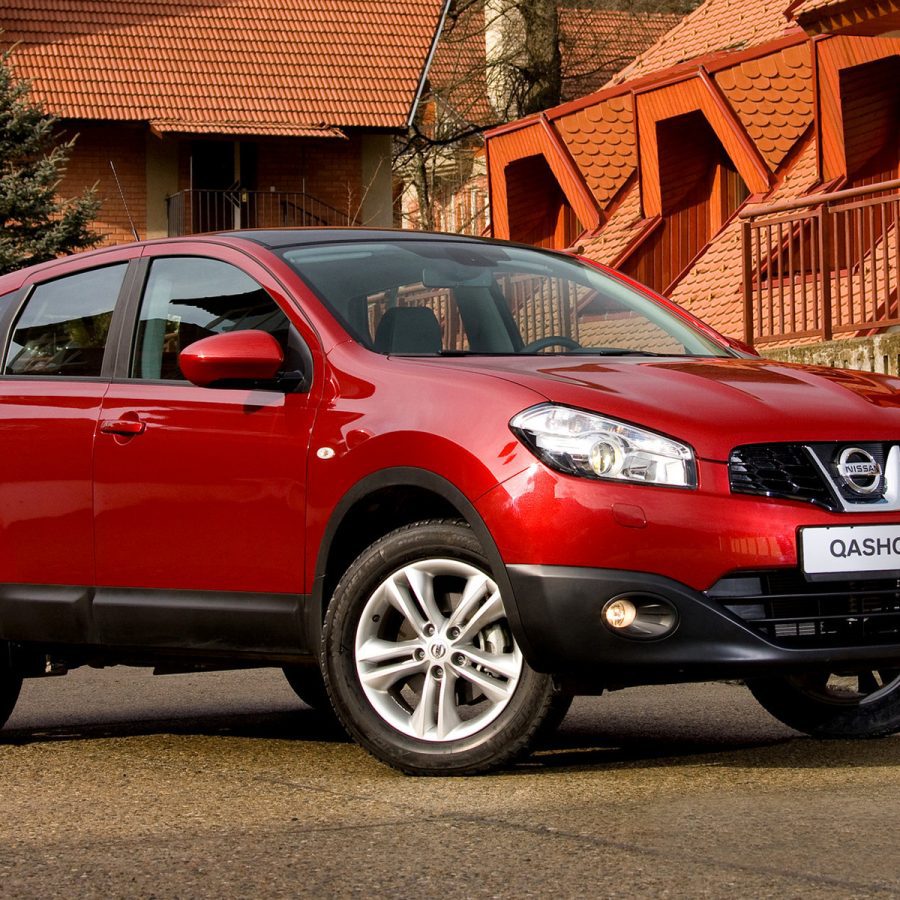2012 Europe Automotive Sales Research
In 2012, the European automotive market was still grappling with the aftermath of the global financial crisis of 2008. The crisis, followed by the European sovereign debt crisis, had profound implications on various sectors, including the automotive industry. The European car market in 2012 was marked by economic difficulties. Several countries, especially those in southern Europe like Spain, Italy, and Greece, faced significant economic challenges. These problems led to reduced consumer spending, impacting car sales. While southern European markets suffered, countries like the UK and Germany fared relatively better. Northern and central European markets were more resilient, leading to a divergence in sales figures and economic health across the continent. In 2012, diesel cars still held a significant portion of the European market. Diesel vehicles were popular due to their fuel efficiency, lower CO2 emissions compared to petrol cars, and favorable tax treatments in many countries. The economic difficulties meant that many consumers were looking for more affordable and efficient vehicles. Compact cars (often referred to as the B-segment in Europe) like the Volkswagen Polo, Ford Fiesta, and Renault Clio were popular choices. While not as dominant as they would become later in the decade, the popularity of SUVs and crossovers was beginning to rise. Vehicles that combined the practicality of hatchbacks with the elevated stance of an SUV were starting to gain traction. There was a growing emphasis on producing more environmentally friendly vehicles. This trend was driven by both regulatory pressures as well as a growing public awareness of environmental issues. Manufacturers were introducing more fuel-efficient models, start-stop technology, and other innovations to reduce emissions. While still a niche segment, there was increasing interest in electric and hybrid vehicles. Cars like the Nissan Leaf and the Toyota Prius were among the pioneers in this segment. Despite economic challenges, the premium car segment remained relatively stable. Brands like BMW, Audi, and Mercedes-Benz fared reasonably well, driven by a combination of brand loyalty, global appeal, and a diverse range of offerings.


